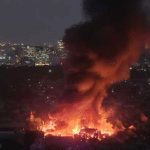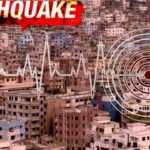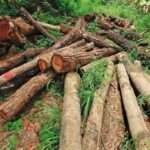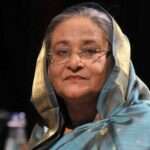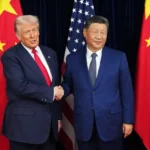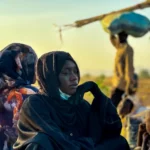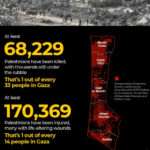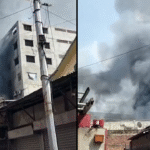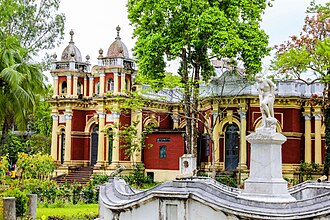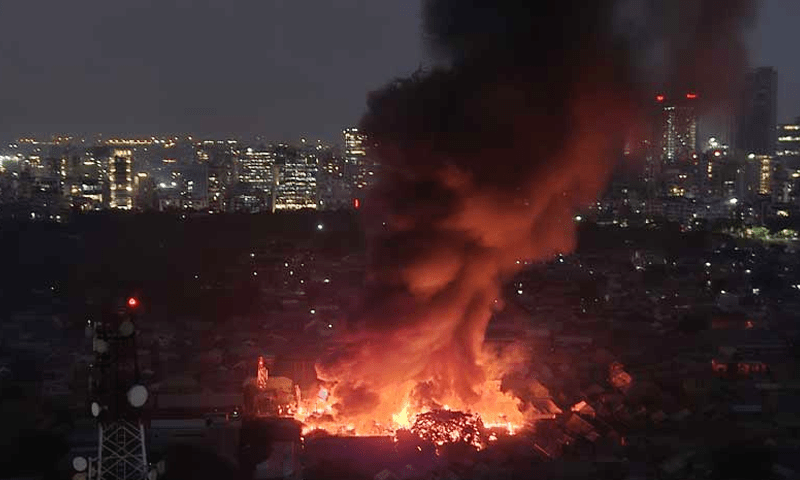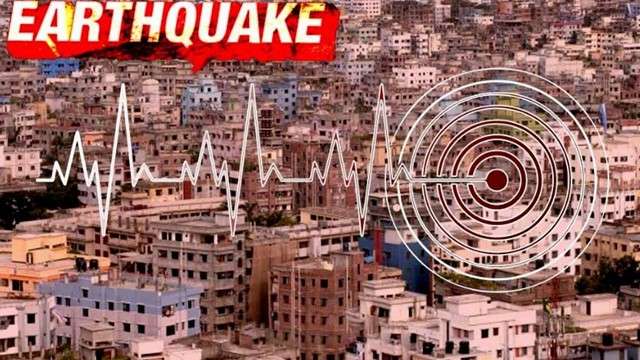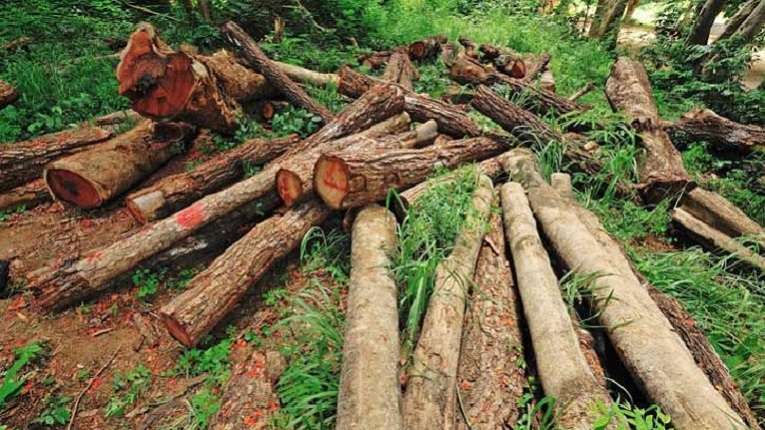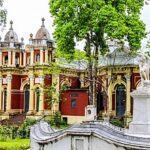 Overview of Mymensingh District-
Overview of Mymensingh District-
Mymensingh District is one of the oldest and most culturally enriched regions in Bangladesh. It is the administrative center of the Mymensingh Division and is known for its educational institutions, riverine landscapes, rich history, and vibrant folk traditions.
Established in 1787 under British rule, Mymensingh is home to many historical landmarks, agricultural developments, and artistic heritage that makes it a unique and influential part of Bangladesh.
Geography and Location-
Mymensingh District is located in north-central Bangladesh and lies on the eastern bank of the Brahmaputra River.
- Latitude: 24°45′N
- Longitude: 90°25′E
- Total Area: 4,363.48 square kilometers
- Bordering Districts:
- North: Netrokona
- South: Tangail and Gazipur
- East: Kishoreganj
- West: Jamalpur
The terrain of Mymensingh is mostly flat and fertile, making it ideal for agriculture. The major rivers include the Brahmaputra, Kongsho, and Old Brahmaputra.
Administrative Structure-
Mymensingh District consists of 13 upazilas (sub-districts):
- Mymensingh Sadar
- Muktagachha
- Fulbaria
- Trishal
- Bhaluka
- Gauripur
- Ishwarganj
- Nandail
- Haluaghat
- Dhobaura
- Phulpur
- Tarakanda
- Gouripur
It includes numerous unions and municipalities, governed under the Mymensingh Zila Parishad and other local bodies.
History of Mymensingh-
The history of Mymensingh District is deeply connected with the Mughal and British periods. The name “Mymensingh” is believed to be derived from a local ruler named Momen Shah.
- 1787: Mymensingh District was officially established by the British East India Company.
- 1947: During Partition, it remained a part of East Pakistan.
- 2015: Mymensingh became the 8th administrative division of Bangladesh.
Mymensingh has played a key role in political, cultural, and educational movements, including the Language Movement and the Liberation War of 1971.
Demographics and Population-
According to the 2022 census:
- Total Population: 6.1 million
- Population Density: 1,400 per sq. km
- Literacy Rate: 70.6%
- Major Religions:
- Islam: 90%
- Hinduism: 9%
- Others: 1%
- Languages Spoken: Bengali (with regional dialects), English (in urban areas)
Education in Mymensingh-
Mymensingh is one of the most educationally advanced districts in Bangladesh.
- Major Institutions:
- Bangladesh Agricultural University (BAU) – the first agricultural university in Bangladesh
- Mymensingh Medical College
- Ananda Mohan College
- Muminunnesa Women’s College
- Mymensingh Zilla School (Established in 1846)
These institutions have contributed significantly to national education and research.
Economy of Mymensingh-
The economy of Mymensingh District is largely agrarian but is now diversifying into industry and commerce.
- Main Economic Sectors:
- Agriculture (rice, jute, sugarcane, vegetables)
- Fisheries and livestock
- Agro-based industries
- Small-scale industries including handicrafts and garments
The district is also known for producing a high quantity of freshwater fish, earning it the nickname “Fish Capital of Bangladesh.”
Culture and Heritage-
Mymensingh has a vibrant cultural heritage and is known for its folk music, literature, and theater.
- Folk Music: Bhatiali, Murshidi, Lalon songs
- Festivals:
- Pahela Baishakh
- Nabanna
- Hindu and Muslim religious festivals
- Literary Heritage: Home to famous Bengali author Mir Mosharraf Hossain, writer of Bishad Sindhu
The people of Mymensingh are known for their hospitality, artistic expression, and cultural awareness.
Major Tourist Attractions-
There are numerous tourist attractions in Mymensingh District that draw visitors from across the country:
- Shashi Lodge: A colonial-era palace built in the early 1900s
- Brahmaputra River Cruise: Offers scenic beauty and traditional river life
- Alexandar Castle (Lohar Kuthir): A historical palace built during the British period
- Bangladesh Agricultural University Campus: Famous for its green environment
- Muktagacha Rajbari and Museum
- Botanical Garden and Museum at BAU
The combination of nature, heritage, and rural beauty makes Mymensingh a unique destination.
Transportation and Communication-
Mymensingh is well-connected to Dhaka and other regions:
- Roadways: Highways connect the district to the capital, taking about 3–4 hours.
- Railways: Direct train services to Dhaka, Jamalpur, and Netrokona
- Public Transport: Buses, rickshaws, CNG autorickshaws
Recent development projects include road widening and the proposed Mymensingh Airport.
Environment and Climate-
- Climate Type: Tropical monsoon
- Seasons: Summer, Monsoon, Winter
- Average Temperature:
- Summer: 35°C
- Winter: 10°C
- Natural Resources: Fertile soil, rivers, fishery habitats
- Environmental Concerns: River erosion, deforestation, water pollution
The district is actively engaged in afforestation and riverbank protection projects.
Notable Personalities from Mymensingh-
- Mir Mosharraf Hossain: Novelist and playwright
- Kazi Nazrul Islam (educated here): National poet of Bangladesh
- Shahabuddin Chuppu: Current President of Bangladesh (as of 2025)
- Anwara Begum: First female vice-chancellor in Bangladesh
These individuals have contributed to national identity, education, and culture.
Future Development Projects-
Mymensingh has several development plans under implementation:
- Mymensingh City Corporation expansion
- Special Economic Zones (SEZ)
- Agro-processing industrial hubs
- IT parks for digital inclusion
- Smart healthcare and education initiatives
These projects aim to make Mymensingh a smart, sustainable, and inclusive city.
Conclusion-
Mymensingh District is not just a geographical area, but a rich blend of history, culture, and development. Its significance in education, agriculture, and heritage continues to grow, making it a cornerstone of Bangladesh’s progress. Whether you are a traveler, student, or researcher, Mymensingh offers something meaningful for everyone.
FAQs (Frequently Asked Questions)-
Where is Mymensingh District located?
It is situated in north-central Bangladesh, under the Mymensingh Division.
What is the main economic activity in Mymensingh?
Agriculture and fisheries are the main sectors, followed by small industries.
What is Mymensingh famous for?
It is known for the Bangladesh Agricultural University, rich cultural heritage, and Brahmaputra River.
How many upazilas are there in Mymensingh District?
There are 13 upazilas in the district.
What is the literacy rate of Mymensingh?
As of the latest data, the literacy rate is 70.6%.
Which river flows through Mymensingh?
The Brahmaputra River, among others, flows through the district.
What is the best time to visit Mymensingh?
Winter (November to February) is the best time for sightseeing and travel.
Is Mymensingh a division or a district?
It is both a division and a district; Mymensingh Division was created in 2015.


